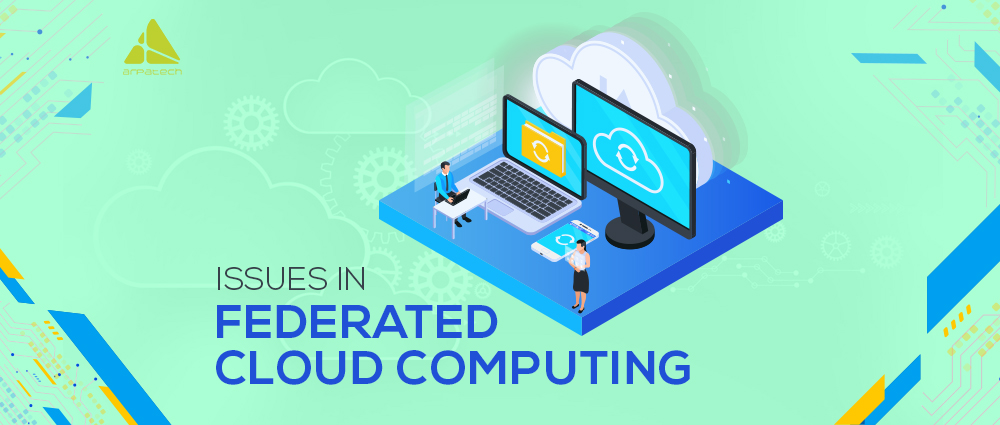Issues in Federated Cloud Computing

Thanks to modern technology, cloud computing offers flexible and innovative ways of providing for and managing business enterprises. It makes managing big data analysis and IT-based applications easier. The main goal of using cloud computing is to make data constantly available, ensure scalability, and to meet client requirements. Cloud Federation a heterogeneous and multi-cloud environment, which consists of cloud infrastructure. It aggregates different service providers and offers insight into interoperative issues.
Before addressing the issues in Federation Cloud Computing, we need to shed some light on how it works and what it is, and its advantages when used right.
Interconnected Cloud Service

Cloud Federation is an interconnected cloud service provider, which operates based on certain standards. It offers a multi-provider infrastructure and makes sharing and collaboration easier across the organization. There are legislative constraints when it comes to the location of data storage. Cloud Federation aims to provide legislation compliant services for customers.
Using Cloud Federation, cloud service providers interconnect their infrastructure to ensure better resource sharing. The service provider applies federation regulations as well.
Advantages of Cloud Federation

- Access to data and resources worldwide
- Rise in fault tolerance, which serves as insurance against the providers
- Prevention of vendor-lockin situations
- Enhanced manageability
- Improved data management
- Security and privacy
- Interoperability and federation
- Adaptability and virtualization
- Energy efficiency
- Programming models
Types of Cloud Federation

There are two types of Cloud Federation:
- Horizontal federation – This takes place at one level of the cloud. For example – application stack.
- Vertical federation – This takes place at multiple levels.
Note that cloud service providers voluntarily connect with Cloud Federation and its infrastructure. This allows them to share their resources following standard regulations.
When multiple clouds are used, there is no voluntary interaction or sharing of cloud infrastructure.
Problems Faced by Federated Cloud Brokers

The problems that brokers and cloud service providers often face are managing and providing the following federated cloud systems:
- Interface: Different cloud service providers have different APIs, infrastructure, and prices. It is important to initiate an open cloud computing interface to provide a common application programming interface.
- Networking: It is possible to locate different network architectures. However, to interconnect these machines, there will be a need for physical networking and steady IP address schemes. The sensitivity of running strategic information remotely can be a major concern.
- Resource Heterogeneity
A different cloud service provider offers a different virtual machine. Each machine varies in its capacity to process and store data. Usually, cloud owners may consider purchasing the latest model without retiring the old model, creating heterogeneity.
Conclusion
Cloud Federation is a new technology and few people are aware of it. They know a little about its impact on the future of cloud storage and servers. Nonetheless, Cloud Federation has a great influence on how the application and resources of computing are developing in the modern era. We have discussed how this technology works and explained the issues users may face. While handling these issues may seem rather difficult at this stage, there will be improvements in the coming days as more organizations begin to adopt it.
Latest posts by Moiz Khan (see all)
- How to Use AI to Enhance your SEO Strategies? - August 31, 2023
- What You Need to Know About Test Automation in DevOps - August 30, 2023
- 6 Cloud Computing Challenges That Businesses Need to Be Aware of - August 22, 2023

 Careers
Careers


